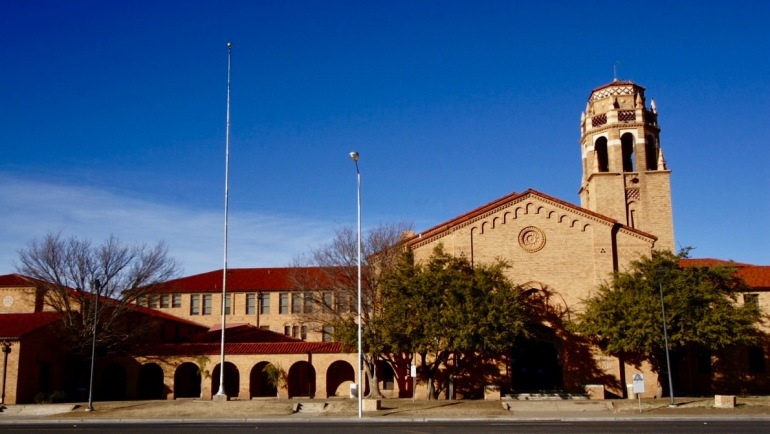A Guide to Spanish Revival
Here in Texas, Southwestern style has deep roots. It’s a representation of several styles and cultures all in one comfortable, yet rugged look. Over the years, Southwestern has evolved to become a bit more sleek and contemporary, but still keeps that quintessential Texas look. Today, the style is making a big comeback, not just in the southwest but across the country. This resurgence is being dubbed Spanish Revival and it’s poised to be a hot look for 2018. From fashion to home decor, this earthy style is going to be big.
History
Today’s Spanish Revival is a contemporary take on the historic Spanish Mission architecture that became prevalent in the southwest during the end of the 19th century. Sometimes referred to as Spanish Colonial Revival, these homes featured distinct architectural elements like white stucco with terra cotta tile roofs, arched doorways, hand painted ceramic tile accents, and distressed wood.
 As the Great Depression hit, this style of architecture became less popular, but starting in the early 1990’s, people began to take note of the beautiful details of these Spanish Mission homes. Through restoration of historic homes and incorporation of Southwestern elements into the interiors, Spanish Mission evolved into today’s Spanish Revival.
As the Great Depression hit, this style of architecture became less popular, but starting in the early 1990’s, people began to take note of the beautiful details of these Spanish Mission homes. Through restoration of historic homes and incorporation of Southwestern elements into the interiors, Spanish Mission evolved into today’s Spanish Revival.
What is Spanish Revival
Today’s Spanish Revival is different than the style from the 1920’s. While architecturally many of the same elements remain, the interiors of these homes are seeing a contemporary twist. Bright white stucco and red clay tile still dominate, along with beautiful distressed wood, exposed beams, and plenty of hand painted tile. In the past, patterns were distinctly “Mexican” while today there is a combination of Mexican and Native American influences.
Deep earth tones still take center stage like rusty reds and oranges to desert tans. But today’s homes want pops of bright colors, so you’ll often see sunny yellows and azure blue being added into the mix. The simple lines of the architecture create a blank canvas that allows for a combination of different furniture styles from Mid-Century Modern to contemporary, creating a slightly eclectic look. The most important element of Spanish Revival is the comfortable, welcoming vibe that instantly makes visitors feel right at home.
Designs to Know
Locally, one of the best examples of the original Spanish Mission is Lubbock High School. Built in 1930 at the tail-end of the early movement, the high school displays some of the key elements of this style including the arched doorways and red tile roof. The building is so significant that it has a place on the National Register of Historic Places!

Bring It All Together


